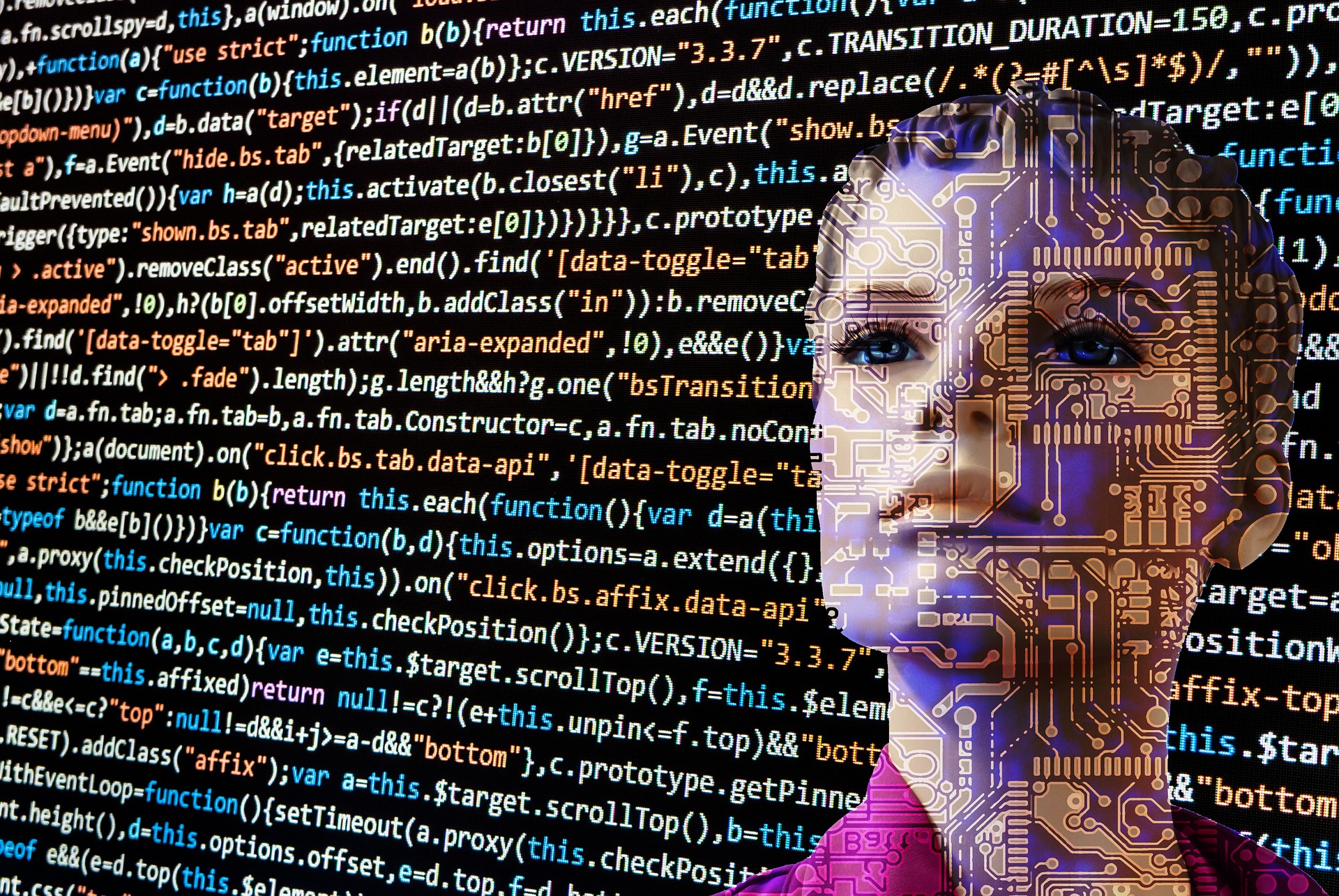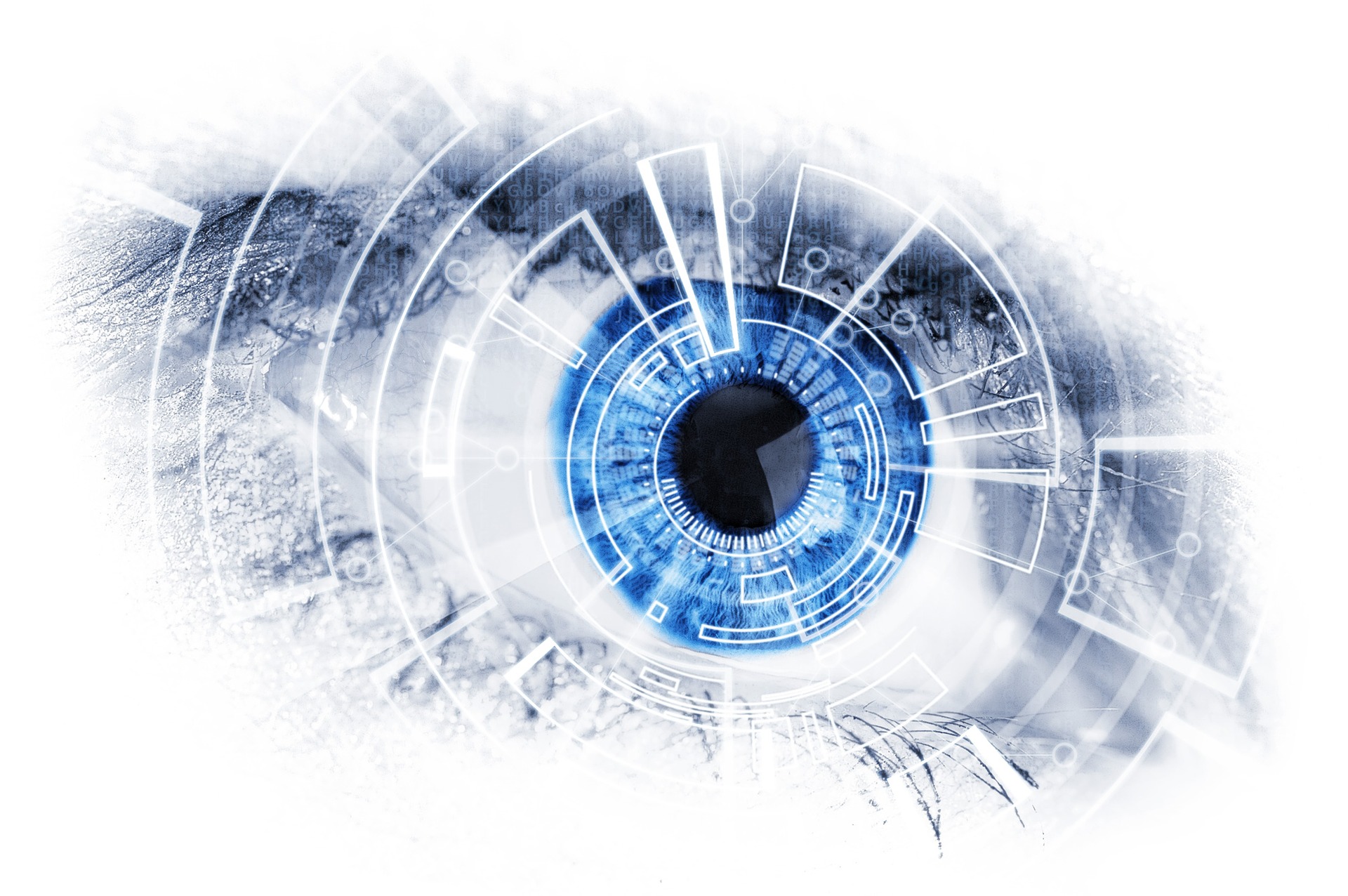Can a robot replace the dentist?
In more and more industries, such as for example the automotive industry or the metal construction industry, an increasing number of machines - or robots - are put to use. In the banking sector, there is even reference of so-called "robo calls". Since the pace of global technological development is increasingly gaining steam, robots are entering more and more previously human-dominated professions including, probably unsurprisingly, dentistry. A key difference between the above-mentioned industries and dentistry is that dentists treat living human beings which raises the minimum benchmark required for dentist robots regarding precision and efficacy. But how far along is the field of robotics as it relates to dentistry and what kinds of successes have been achieved to date? Let's find out more!The first dental treatment performed by a dentist robot
Towards the end of 2017, Chinese dentists in the province Shaanxi for the first time performed an entire dental treatment from end to end with a robot. This robot, which had been under development for 4 long years, executed an implantation of two artificial teeth on a female patient without any help from any dental experts or support personnel and merely under passive supervision. The entire procedure took the self-adjusting robot only one hour and the machine's ability to intuitively respond to the patient's movements helped significantly in the process. The main reason for the swift advancement of this project is the severe lack of dental experts in China as well as the extremely high demand for dental implants which has likely grown to several hundred million by now.Dental care experts and scientists have also made quite a lot of progress on the robotics front in other parts of the world. For example, in the US, the FDA (i.e., the federal healthcare product review agency) just recently approved a robotic arm that is intended to serve as a quasi mechanical assistant for dentists. In particular, this machine is designed to make dental procedures faster and easier for the dentist and also promises to boost treatment precision (e.g., to ensure optimal dental drill placement).

An additional robotic "helper" for dentists is the so-called "Dental Machine" which consists of a pad with a small mechanical arm, a drill, a camera, and a water supply onto which the patient bites down. With over 100,000 revolutions per minute, the "Dental Machine" manages to not only remove rotten dental substance at a super-fast speed, but also fills the cleaned-out dental cavities very quickly as well. With all of these technological miracles coming to market, one might think that the dentist visit of the future will soon enough become a quasi science fiction experience.
Can a robot really completely replace a dentist?
In general, human beings who work jobs that rely on social interaction and creativity, are most likely not going to be replaced by machines (robots) anytime soon. In dental medicine, both of these factors very clearly apply and make any potential application of robots that much more difficult. Still, scientists have placed a strong emphasis on driving development in this direction forward in an effort to better serve areas suffering from a lack of dental care specialists. With that said, virtually all of them are cognizant of the fact that, while robots will, in time, likely achieve a higher level of precision, human dental care professionals will likely always be needed to resolve situations that require experience and critical reasoning and decision-making.Are dental care robots cleared for operation?
Besides the technological challenges that are inherent in the continued development of dental care robots, it also remains an open question as to whether European health authorities will clear these devices for use. In general, safety testing of brand new medical technologies can take several years. Yet, for those models that are already cleared in some 1st world markets (e.g., the dental "assistant" robot arm in the US), approval should happen faster given the international precedent.Then let us hope for the best and look forward to the future with our eyes wide open!

In the meantime, we would love to hear from you – please leave any thoughts and feedback in the comment box below and join our online community with an easy subscription online.


